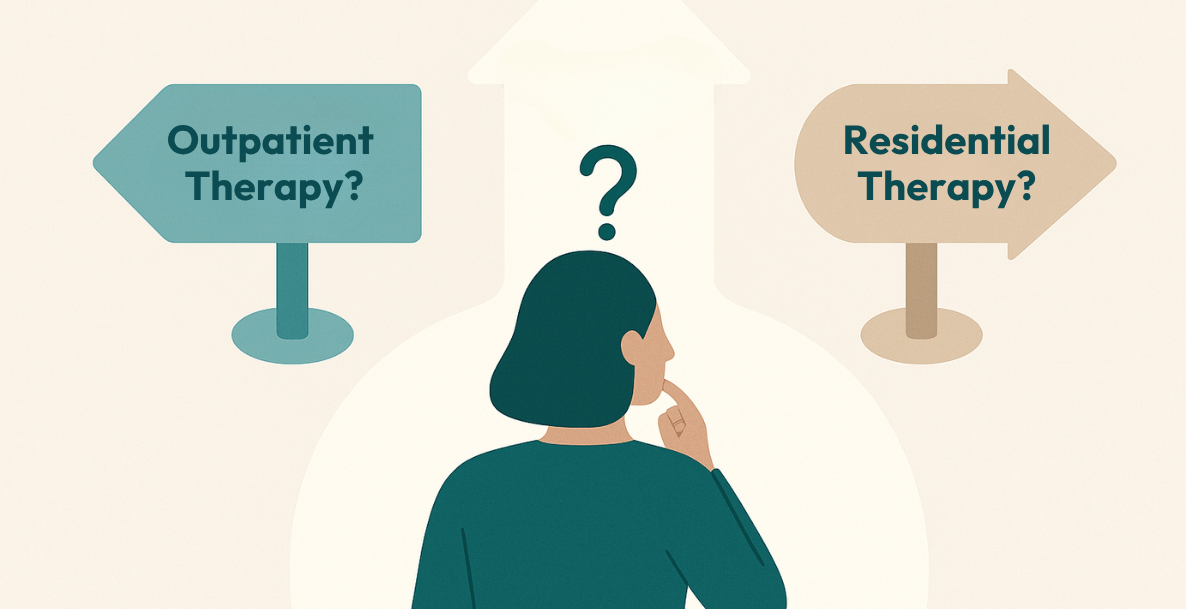The fight flight freeze fawn stress response is the survival instinct that human beings, along with most other animals developed hundreds of thousands of years ago. The defensive mechanisms triggered by the response have contributed to the survival of humans in the face of predators, conflict and other threats to this day.
Often termed the fight-flight-freeze response, the stress response is orchestrated by the amygdala, which resides in the reptilian brain, the most primitive cerebral structure. Functioning reactively and rapidly, the amygdala processes sensory inputs, forms basic associations with the cortex and hippocampus, and triggers responses based on prior knowledge and experiences.
The ability of the amygdala’s to rapidly detect potential threats, coupled with the autonomic nervous system, has empowered humans to confront or escape threats, navigate overwhelming situations, and even deceive predators through tactics like feigning death, surrender, or helplessness.
While the stress response is certainly something to be grateful for, it can also lead to a great deal of distress, discomfort and pain – particularly when the response to a threat is not completed, discharged or processed. [1]
Understanding the mechanisms that are involved in the generation and release of energy associated with trauma can be useful for facing the long-term effects of trauma with compassion.


Download the Brochure
Discover Our Innovative Trauma Recovery Pathway
Find out more about how we treat, what we treat, our clinics, pricing and more.
Understanding the Key Aspects of Each Reaction
There are several reactions people can have to stress:Fight Response
This reaction creates a readiness to confront and combat a threat directly. It manifests as assertiveness, aggression, or a proactive attitude to overcome the threat.Flight Response
The flight response is characterised by the instinct to escape or avoid the perceived threat by seeking physical or emotional distance to evade the stressor. Both the fight and flight responses increase attention strength, speed and alertness.Freeze Response
The freeze response induces a state of immobility or paralysis. It is an instinctive survival mechanism, to a threat that seems too overwhelming to fight or escape from. While it may seem counterproductive, individuals may reduce the likelihood of being detected by a threat, act as a form of de-escalation or in the case of dissociation, experience emotional escape from a distressing yet inescapable scenario. It may be seen in childhood neglect or abuse, sexual assault, combat trauma and a range of other stressful scenarios.Fawn Response
The fawn response involves accommodating others to seek approval and avoid conflict. Fawning generally involves prioritising, or being seen to prioritise, the needs of others over their own to establish connections and prevent confrontation or escalation. The fawn response is often linked to relational or complex trauma and stems from adapting to abusive environments, prioritising others’ needs for survival. Recognising and addressing the roots of this unintentional adaptive behaviour is important for overcoming post-traumatic stress disorder (PTSD) and the various effects of trauma.What Is Involved In The Stress Response?
When the autonomic nervous system (ANS) perceives a threat and initiates the fight, flight, or freeze response, the functions related to the rest-and-digest state – which dominates most people’s daily lives – are either halted or adjusted.[2]Effects on The Brain
Upon detecting a threat, the ANS prompts the release of hormones such as adrenaline and cortisol. Adrenaline release leads to a reduction of higher-level brain functions, particularly in the prefrontal cortex, directing more blood, and consequently more oxygen, to the major muscle groups for combat or escape.The Short and Long-term Effects of Cortex ‘Deactivation’
The higher-level brain plays a role in intricate functions such as motor control, emotional expression, and, notably in trauma therapy, memory. When the cortex is deactivated, the usual storage of memories is disrupted. Instead, traumatic memories are stored in the amygdala, devoid of connections to time, reasoning, or other memories. The amygdala is responsible for basic automatic functions like breathing, heart rate, and transmitting sensory information to the limbic system and cortex. It is a reactive and less complex structure, which means the memories stored here can cause complex issues. When a memory is stored naturally in the cortex sensory information like the smell of smoke will be passed from the ANS to the higher level brain, where problem-solving and critical thinking will be employed to analyse the environment and correctly identify the smell as a campfire. However, when a traumatic memory of a life-threatening house fire has been stored in the amygdala, no sensory information is passed to the cortex for analysis, and instead the stress response is triggered, and the person feels transported to the house fire in what is called a flashback.Explore Our Treatment Options
Find Out What Makes Us Different
The staff at our globally recognised mental health clinic have been informed, trained and supervised by some of the world’s leading trauma experts such as Dr Bessel van der Kolk, Dr Janina Fisher, Dr Stephen Porges, Dr Dick Schwartz and more.






